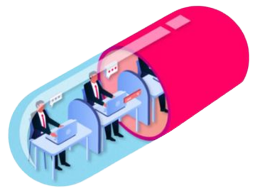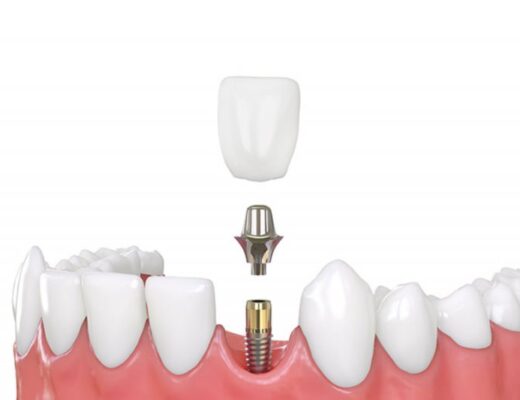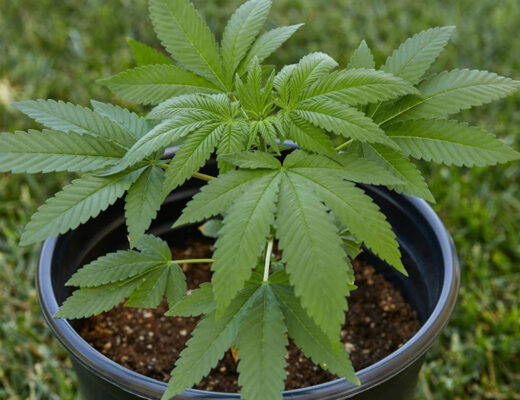Wart are often harmless and will disappear on their own within a few weeks or months. They may, however, be irritating and unappealing. They may also be uncomfortable, particularly on the feet. Various therapies may aid the 脫疣.
Human papillomaviruses (HPV) are viruses that produce warts. There are over 100 distinct varieties of HPV. Warts most often appear on your hands, feet, and face. They may also appear in the vaginal and anal regions. The treatment of genital warts is not included in this material.
There are a variety of therapies available that may help you get rid of warts quicker, but they don’t always work. 皮膚疣 on the soles of the feet are especially difficult to remove because they are often pushed inward. In addition, if any viruses or infected skin cells persist after effective therapy, additional warts may emerge.
What is the efficacy of salicylic acid in the treatment of warts?
Over many weeks, salicylic acid solutions are applied to the skin several times each day. The solution coats the wart in a thin coating. Before the solution is used again, this layer is removed. If feasible, the wart’s top layer is also gently removed. The majority of salicylic acid solutions are accessible at pharmacies without a prescription. Lactic acid is also present in several of these items.
Wart removal
Warts often vanish on their own, however, it may take months or years. Some warts, however, will not go away on their own and must be treated. Treatment may reduce the likelihood of warts spreading to other parts of your body or other individuals.
Skin warts
There are several methods for 去疣 common from the skin (such as on the fingers, feet, and knees). Consult with your doctor to see which medication is appropriate for you. Also, before treating warts on your face, see your doctor.
- Using salicylic acid: Warts on the hands, feet, or knees may be treated by applying salicylic acid to warts. Pat your skin dry with a towel after bathing or showering. The salicylic acid is then applied. When applied to moist skin, the acid penetrates deeper and functions more effectively. Use an emery board or pumice stone to file away the dead surface of warts before taking a shower or bath the following day. Apply the acid daily for many weeks, as advised.
- Using cantharidin: Cantharidin, a chemical, maybe “painted” on your warts by your doctor. When the chemical is administered, most individuals do not experience any discomfort. However, you may have minor wart discomfort and scorching 3 to 8 hours later. For at-home care, follow your doctor’s recommendations. When you return to your doctor for your follow-up appointment, they will remove the wart’s dead skin. If the wart does not disappear after one treatment, your doctor may recommend another.
- Using liquid nitrogen: Liquid nitrogen may be used by your doctor to freeze the wart. This is known as cryotherapy or cryosurgery. This is a two-step procedure that causes no discomfort to the skin surrounding the wart. The application of liquid nitrogen to the wart produces some pain. Treatments may be required every 1 to 3 weeks for a total of 2 to 4 times to fully eliminate a wart. If no progress is shown, your doctor may suggest a different form of therapy.
Check Out Our Blog: What’s the Difference Between Integrative and Functional Medicine?




